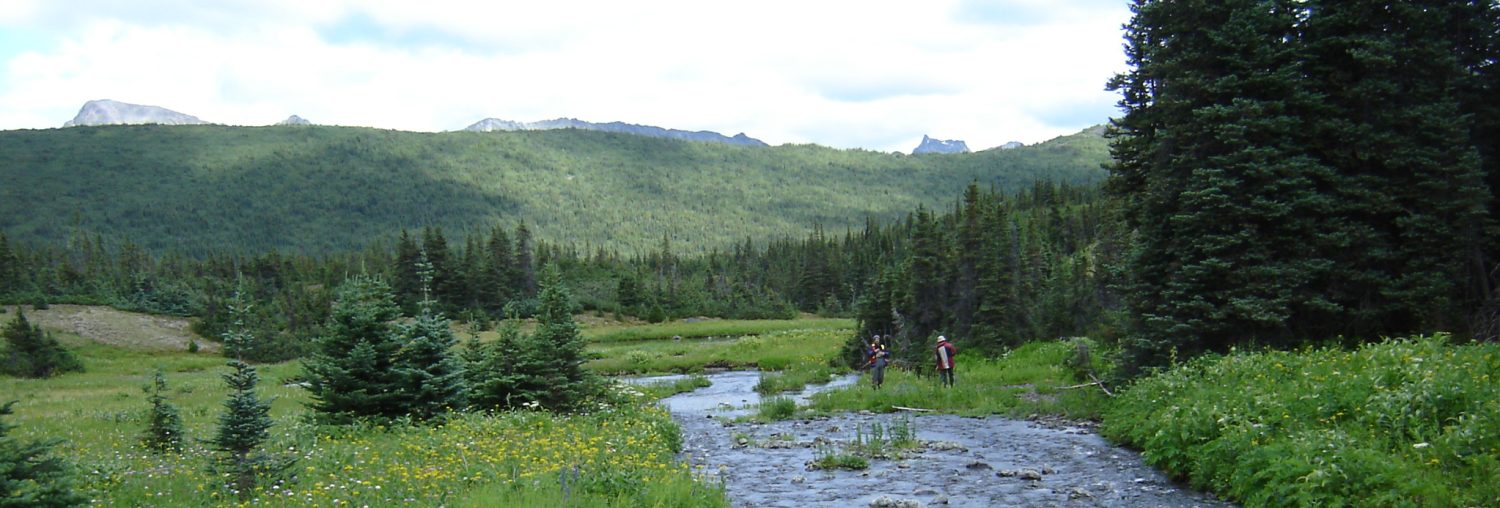JBL Environmental Services’ team has extensive experience conducting studies for species of conservation concern, including provincially and federally listed species at risk. JBL conducts surveys to determine the potential presence of, or habitat value for, species at risk in the study area of a proposed development. Our goal is to identify the potential for species at risk early to avoid negative effects and comply with the BC Wildlife Act and/or the federal Species at Risk Act. JBL’s team has conducted surveys for a variety of wildlife groups and their habitats. Examples include (but are not limited to): woodland caribou, Pacific water shrew, Townsend’s mole, western screech-owl, northern spotted owl, rubber boa, western toad, red-legged frog, tailed frog, Oregon forest snail, and Monarch butterfly. JBL has also experience in planning and conducting rare plant surveys (e.g., Roell’s brotherella moss) to determine project requirements or effective mitigation options. For rare plant surveys, we collaborate with rare-plant botanists to verify species.
Surveys for species at risk can be small-scale (targeting a single species on a residential lot) or landscape-level (targeting multiple species at risk in a specific region). Data are submitted to the BC Conservation Data Centre that provides current (provincial and federal) status lists and known mapped locations of species at risk in BC. The federal Species at Risk Act (SARA) is the responsibility of Environment Canada and lists federal species at risk on its public registry. The SARA applies to all lands and waters in Canada, but how it applies depends on land tenure and Canada-BC agreement on species at risk and critical habitat (often case by case). Federal lands include (e.g.) National Parks, First Nations reserves, and National Defence lands. Provincial land includes Crown land, and the provincial government has signed an agreement to enforce the Species at Risk Act on Crown land in BC. Land owners and managers are also legally obligated to effectively protect species at risk and not destroy critical habitat. Other existing provincial and local government tools for the protection of species at risk include Wildlife Act and Water Sustainability Act, bylaws, zoning, and permitting processes.
JBL’s team is well versed in species at risk legislation and stays up-to-date on policy and regulations through ongoing training programs or workshops through the Association of Professional Biology and British Columbia Ministry of Environment and Climate Change Strategy.
Selected Projects:
– Nocturnal call-playback surveys to BC (RISC) standards along a section of the in-Shuck-ch Forest Service Road and a deactivated road bed to determine the presence of the northern spotted owl (Strix occidentalis) in the vicinity of a proposed road upgrade. For: FLNRORD Sea to Sky Resource District, Lillooet Valley, BC, 2018.
– Amphibian surveys for Pacific giant salamander (Dicamptodon tenebrosus), red-legged frog (Rana aurora) and western toad (Anaxyrus boreas) at a proposed development site on the Skwah First Nation Reserve for Seven Generations Environmental Services, Chilliwack, BC, 2016.
– Habitat suitability/capability analysis for Pacific water shrew (Sorex bendirii), and presence / not-detected surveys for federally listed species at risk: Roell’s brotherella (Brotherella roellii) moss, Oregon forestsnail (Allogona townsendiana), painted turtle (Chrysemys picta), Monarch (Danaus plexippus) and Dun skipper (Euphyes vestris), and mountain beaver (Aplodontia rufa), to RISC standards, for a housing-development proposal on First Nation land. For: Canadian Retirement Ltd., Chilliwack, BC, 2017.

